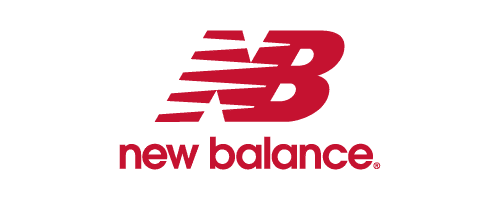One of the most common questions that we get asked when meeting clients is, “why do you ask your customer surveys the way that you do?”. Today – I’ll give you the answer, our reasoning, and what we’ve learnt over the years working with some of the best retailers around.
TruRating is a unique tool – we only ever ask one question per customer. One question, asked from a rotating set, that must be answerable with the single push of a button (or click of a mouse). Where other customer surveys overload the recipients with multiple questions, we believe that makes for a bad experience. Keep it simple and in the moment, and your response rates can dwarf traditional survey methodologies.
When we began, the standard for our questions was a 10-point scale. This is because we use the keypad on the payment terminal (0-9) to capture each customer’s response. Over the years, we have started to introduce more binary yes/no questions and multiple-choice formats. Our learnings have refined the way we work. In the rest of this article, I’ll take a look at some best practices and suggest some ideas on how you can improve your own customer surveys.
Short, simple surveys. Short, simple answers
Despite some restrictions with space and sizing, the payment terminal provides a hugely flexible device for asking survey questions. We are forced to use clear, simple language. Which in turn yields clear and simple results.
The use of simple language is incredibly important in customer surveys. The average reading age in UK is that expected of a 9-year-old. Only half of US adults read to an 8th grade standard. To capture a truly representative customer sample, you need to make sure your questions are understood.
One of our mantras at TruRating is ‘to give every customer a voice’. In our view, that means making life as easy as you can for the customer. If convenience is king, clarity, is surely a close second.
Scaling your customer surveys
In the market research and customer insights world, there is a lot of debate about how granular a scale needs to be. If you look at the average survey, generally there’s a range of five potential answers. Very dissatisfied, dissatisfied, neutral, satisfied, very satisfied. A typical five-star rating system. Some surveys settle on a seven-point scale, and occasionally even go up to 11 (think Net Promoter Score’s 0-10).
At TruRating, our initial 10-point scale was one of convenience. 10 keys on the pin pad, 10 points to be given. In the collecting over 200 million consumer ratings, we have learnt a lot about how to ask surveys and what really matters about scale. In our view, the really critical matter is not necessarily about the difference between a ‘7’ and ‘8’ – but between the very top score of your survey – and everything else.
It is this difference – between your top scorers and the good, bad and ugly in-between – that really tells you most about your customer’s likelihood to behave in certain ways. While the size of a scale can offer a more granular read of experience, it can also in some cases confuse the customer. If a question is hard to answer, it rarely – if ever – will result in a positive business income. Our advice? Don’t go beyond what is needed to help action your feedback.
This insights has caused us to increase our use of ‘Yes’ or ‘No’ questions with our clients. In every region, vertical and language we work in – binary questions see a higher response rate than scaled questions (80% vs 60% on average). What’s the old saying about keeping it simple? Turns out it might be the smartest thing you can do.
It’s not just how you ask a survey, but what you ask…
Your customers are people. People are most likely to answer objectively when the stakes are relatively low. Staff behaviours, store layout or product attributes all offer low risk but high reward questions. Ask a customer, “Did we greet you at the door?” or “Were all employees wearing masks?” and they’ll be happy to respond. By keeping the focus specific, but actionable, you can drive real business improvements.
In our experience – customers are slightly less willing to ask questions about their own behaviour. For example, “Did you research this product before purchase today?” If you ask survey questions about feelings e.g. “Did you feel safe in store?” or “What matters most to you when buying new clothes?” responses drop again.
Basic psychology says we are reticent to talk about ourselves. If you’re a much loved and trusted brand, customers might open up. But for many businesses, the best approach is to stay clear and objective. You might not know everything about your customers. But you’ll know a lot more than if they don’t answer your surveys at all.
How to write survey questions for your business
Asking questions your customers are willing to answer is important. But while you want a good response rate, this does not mean you should limit yourself.
A good survey or question set is one that reveals something real about your customer’s lived perceptions or experience. Feel free to ask things that matter to you, but make sure you mix it up. If thousands of customers are responding to your surveys, you can mix your question set and still get a good response. If you ask long or complicated questions, but only receive a handful of responses, that’s trouble.
While the search for the perfect customer survey continues, there’s lots you can do today. Knowing what impacts customer response, creating a good user experience, and always striving for clarity are three good starting points.
If you want to a head start on your own customer surveys or research, we’d suggest starting there.
________
Still hungry for some more? Check out Gareth’s previous article, “Why One Question Is More Than Enough For CX Surveys“.
Useful resources
- Predictive analytics in retail – examples and strategies
- Phygital in retail — bridging the gap between physical and digital CX
- Retail pricing optimization – strategies, models and examples
- Business intelligence in the retail industry – strategies and trends
- The difference between multichannel and omnichannel retailing












